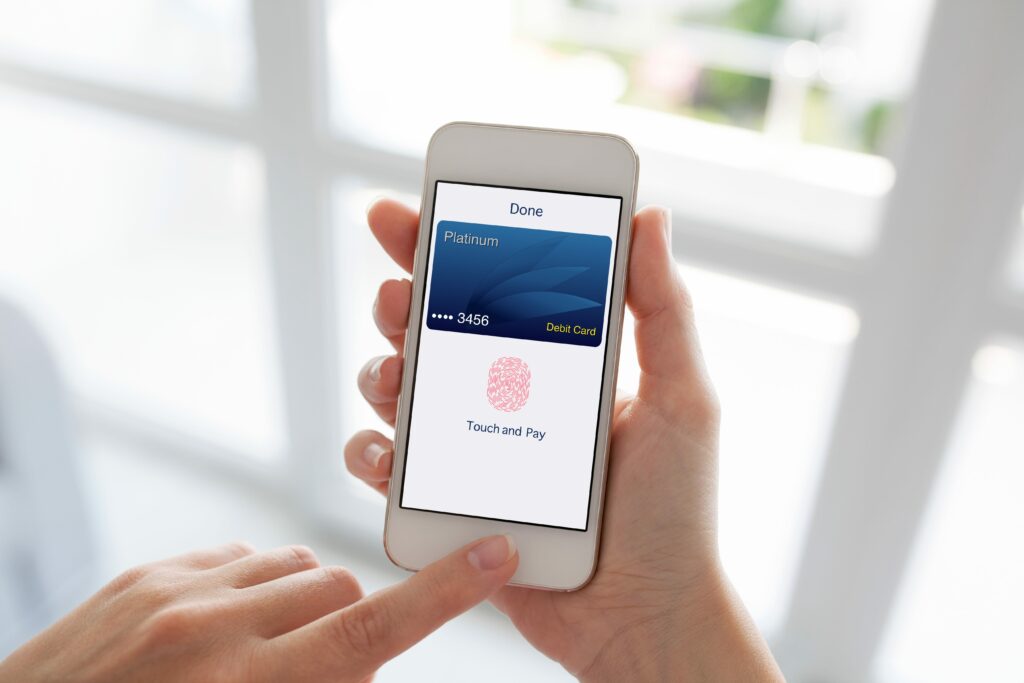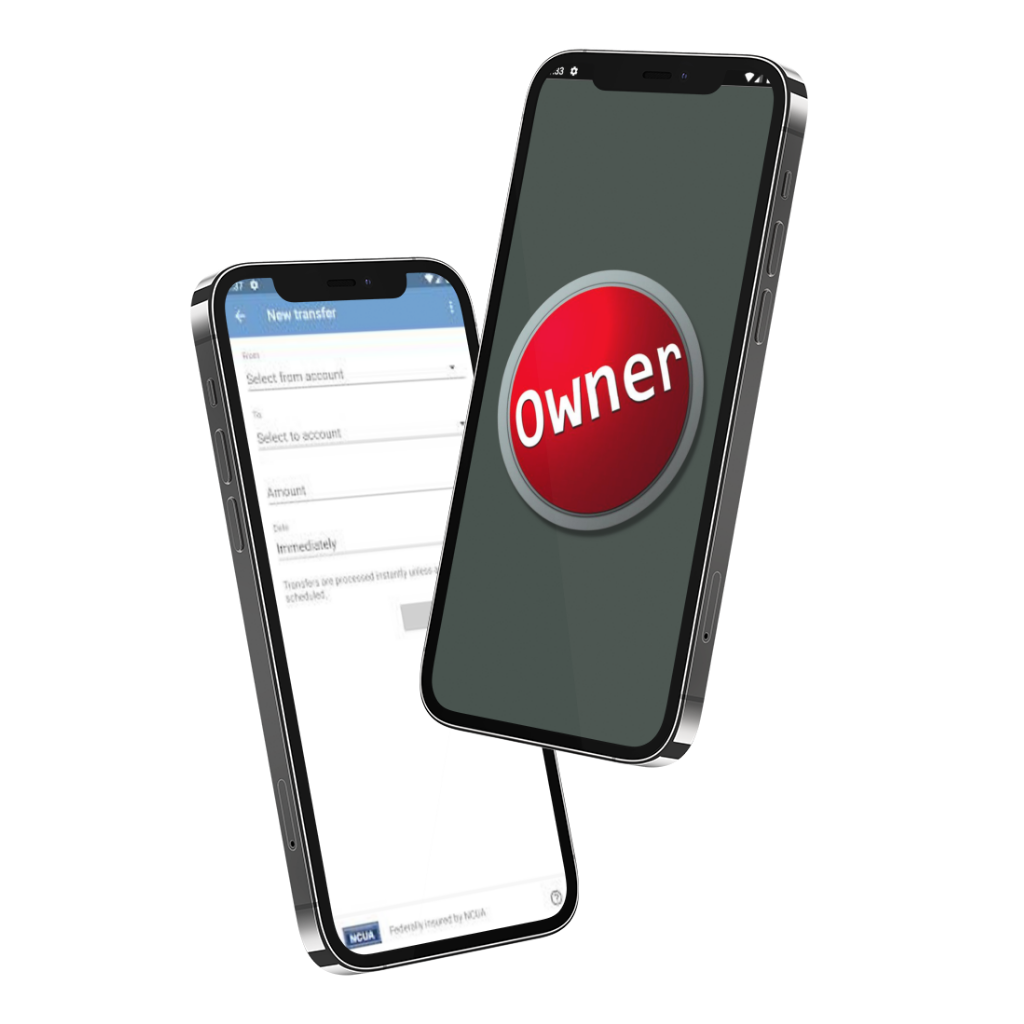What’s in your virtual wallet on your smartphone? More and more people are discovering the benefits of storing their debit and credit cards virtually on their smartphones. Apps like Samsung Pay and Apple Pay are slowly growing in use instead of swiping or inserting a chip-based card.
With these apps, there is no reason to carry around credit and debit cards. Rather, all of the cards’ details are stored electronically on your smartphone. This can be great, especially if you ran out of the house and forgot to grab your wallet or purse. You can easily pay for goods and services right from your phone instead.
Even though more people are adapting to the new way to tap-n-go with their smartphones, there are still security concerns over protecting card number and payment details against fraud. There are several ways in which these apps offer protection using NFC (near-field communication) technologies.
To begin with, all card data is encrypted on the phone. When you make a payment using your phone’s wallet, the card data remains encrypted when you tap the phone to pay. In addition, the payment uses tokenization, a form of two-factor authorization, where you must authorize the transaction in some manner. For instance, you have to press your finger on the phone and use your fingerprint to authorize the payment.
It is these features that have resulted in mobile wallet payments being more secure and safer than using credit and debit cards. While the new chip technology does help lower risks of fraud, it does not completely eliminate it. Thieves have developed new devices that can decipher and decode the encrypted data on the chip so they can easily replicate the card.
With your phone, that is much harder to do since the card numbers are encrypted and remain encrypted. Yet there are some things you still need to do to make sure your technology-based payments remain secure.
- Never add or delete cards to your wallet on an unsecured Wi-Fi network. Cybercriminals can mirror your wallet information if you add cards while on unsecured and public Wi-Fi networks. If you need to add or delete cards from your wallet, only do it while on a secure network.

- Never click on any suspicious links or open strange emails or text messages. As more and more people are using their smartphones to access online content and emails, as well as frequent text messaging, hackers are coming up with new ways to try to get too personal and financial information stored on smartphones. If it looks strange or unusual, don’t open it or click on any links.
- Enable fingerprint tokenization to authorize payments. Should you lose your phone, you will not have to worry about someone hacking into the phone and using your passcode to authorize payments.
- Install antivirus/malware protection. You can increase the security on your smartphone by installing a mobile antivirus/malware software app. While most smartphones are fairly secure, they are not completely immune.
By using these tips, you can tap-n-pay with confidence that your payment data on your smartphone is secure.
For further information about personal banking and credit card accounts available from The People’s Federal Credit Union, please feel free to stop by your nearest branch location or call us at 806-359-8571 today!








